
The 32 Boroughs and the City of London
How many boroughs are in London?
In Greater London, there are 32 local authority districts, (known as boroughs) which were all officially created on 1 April 1965.
What are the 12 inner London boroughs?
There are 12 Inner London boroughs which are Camden, Greenwich, Hackney, Hammersmith and Fulham, Islington, Kensington and Chelsea, Lambeth, Lewisham, Southwark, Tower Hamlets, Wandsworth and Westminster.
The other 20 are outer London boroughs and the City of London is not classed as a London borough at all.
Here is a list of the 32 boroughs of London and some information about them and the City of London too:
City of London
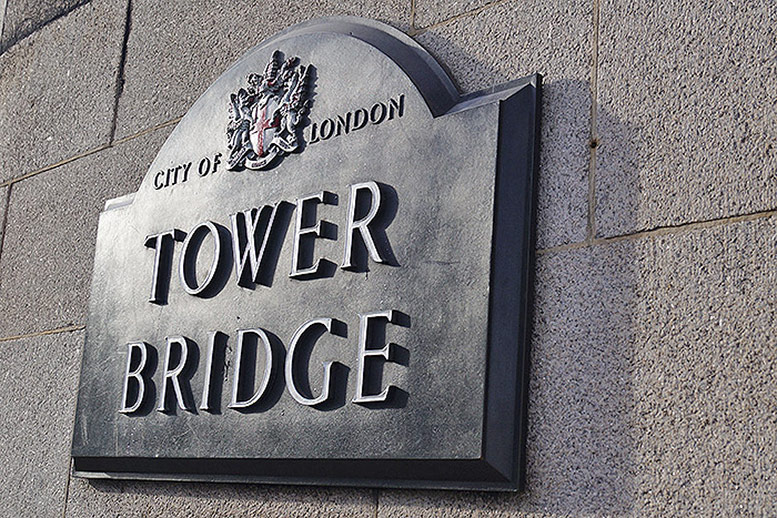
The City of London is not a London borough, instead it is a county and a government district. The location of the City of London is the site of the settlement built by the Romans known as Londinium in 47 AD. The size remained much the same until the Middle Ages but since then has grown rapidly into a busy metropolis. Despite the vast change in size, it is still referred to as the Square Mile.
City of Westminster

Like the City of London, the City of Westminster, created in 1965, has city status as well as being classed as a borough. It includes most of the famous district of the West End (well known for its theatres), which also covers part of Camden.
Kensington and Chelsea

Known as the Royal Borough of Kensington and Chelsea, it is an inner borough (inner boroughs are the ones that form Greater London) that has a royal status meaning that it has historic ownership by the Crown. The borough has many famous department stores and museums, not to mention that the capital's museums are an excellent choice for family-friendly activities when you are looking for affordable things to do in London with kids.
Hammersmith and Fulham
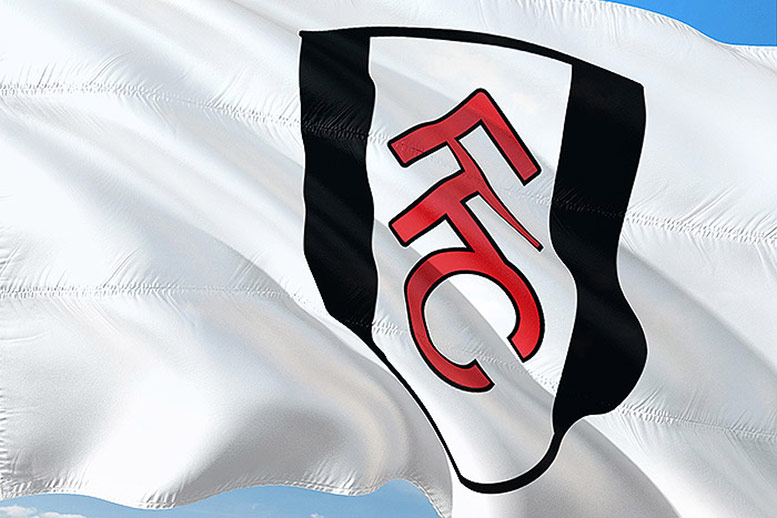
Another Inner London borough, Hammersmith and Fulham is partly in west and southwest London. It is the only borough in London with three football clubs: Chelsea, Fulham and Queens Park Rangers.
Wandsworth

Originally part of the county of Surrey, the London Borough of Wandsworth was formed in 1965 but excluded Clapham and Streatham which were included in the London Borough of Lambeth. Wandsworth is known to be one of the safest boroughs within Inner London.
Lambeth
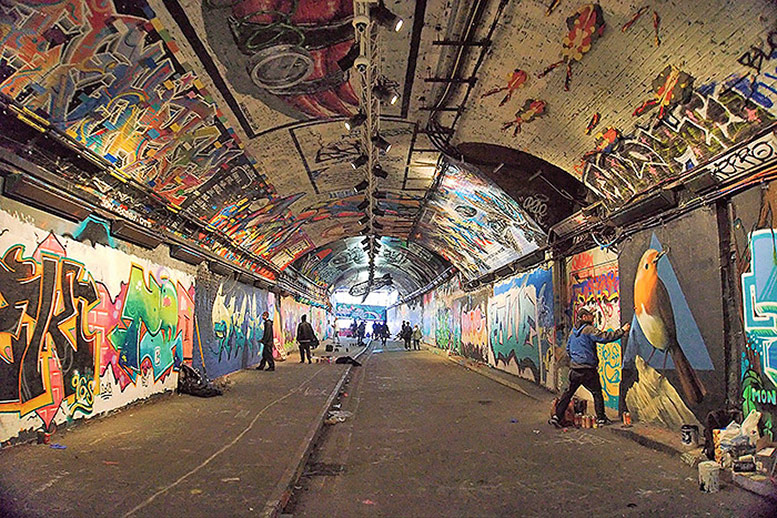
Historically, the London Borough of Lambeth started as a parish known as Lambeth St Mary. It is now a small borough in South London. Lambeth is home to the infamous Leake Street, a.k.a the Banksy Tunnel, where graffiti is most welcome although it is against British law.
Southwark

The London Borough of Southwark has many famous attractions such as Shakespeare’s Globe, Borough Market, Tate Modern and the Shard. The borough is also home to the Imperial War Museum.
Tower Hamlets

Based in East London, the London Borough of Tower Hamlets is home to much of the traditional East End. Tower Hamlets has an established British Bangladeshi community and the highest proportion of Muslims in England, outnumbering people of other faiths in the borough. This diverse community has contributed to the area boasting some stunning mosques and outstanding South Asian restaurants.
Hackney

The London Borough of Hackney, which is named after its main district, is regarded as being located in two parts of London, with the northwest of the borough being a part of North London and the southern and eastern parts being a part of East London. Hackney also includes the former metropolitan boroughs of Stoke Newington and Shoreditch.
The earliest evidence of habitation of the place dates back to the Iron Age when the area surrounding the River Lea was a border separating the tribal territories of the Catuvellauni and the Trinovantes, two major Celtic tribes.
Islington

The London Borough of Islington is the second smallest borough in London but includes a significant part of central London. The borough is home to Arsenal Football Club, one of the most successful in England, along with the Emirates Stadium which is the largest in the country.
Camden
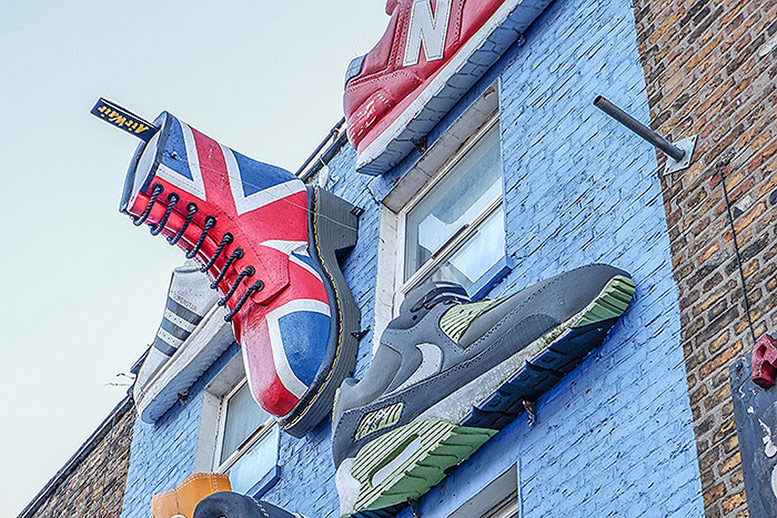
Named after Charles Pratt, 1st Earl Camden, in 1795; the London Borough of Camden is home to many famous attractions such as the London Zoo and Camden market. The borough also contains many notable colleges for all different kinds of subjects.
Brent

Home to Wembley Stadium, one of the biggest landmarks in England, the London Borough of Brent is not just a residential area and has lots of commercial and industrial land.
Ealing
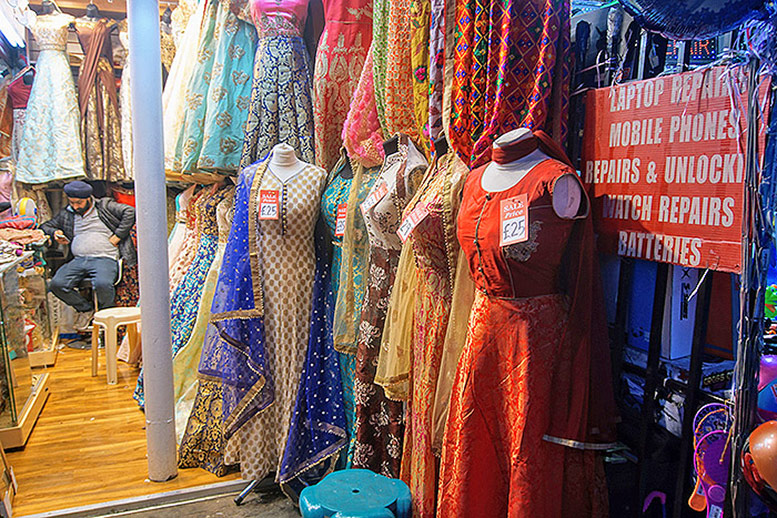
Based in West London, the London Borough of Ealing is made up of seven towns which are: Acton, Ealing, Greenford, Hanwell, Northolt, Perivale and Southall. Ealing is the third-largest borough in London and is the only one to have a flag.
Hounslow
A West London borough, Hounslow was formed in 1965 and covers three former Middlesex council areas. The London Borough of Hounslow comprises five major towns: Chiswick, Brentford, Isleworth, Hounslow and Feltham.
Richmond upon Thames

The London Borough of Richmond upon Thames is the only borough to be on both sides of the River Thames. Richmond upon Thames is home to many famous attractions such as Hampton Court Palace and Kew Gardens. It is interesting to note that half the borough is covered in beautiful parkland! Large parks include Richmond Park, Bushy Park and Old Deer Park.
Kingston upon Thames
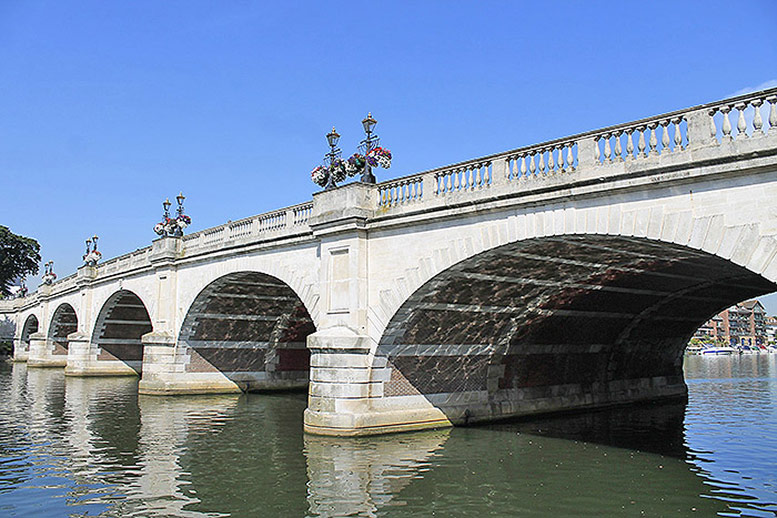
Formally known as the Royal Borough of Kingston upon Thames, it is the oldest royal borough and has existed for hundreds of years. The site was originally used for the coronations of Anglo-Saxon kings and there are records of a church being in the area which was destroyed by the Vikings in 1009 AD.
Merton
The name “Merton” was chosen for the borough after a dispute between Wimbledon and Mitcham when they merged in 1965; the name came from the historic parish of Merton which was situated in what is now South Wimbledon.
Sutton
The London Borough of Sutton is known for its schools which achieve some of the best results in the country. The borough has many great parks and is also home to BedZED, the environmentally friendly neighbourhood.
Croydon
The London Borough of Croydon is named after the historical town of Croydon which was known as Crogdene or Croindone in the 8th century by the Anglo-Saxons. There is evidence to suggest, however, that the site has been inhabited since prehistoric times.
The borough was originally home to London’s main airport, Croydon Airport, but was shut down in 1959 due to a lack of space in the surrounding area, it has been replaced by London Heathrow Airport. The former site of Croydon Airport is now part offices and part tourist attraction.
Bromley
The London Borough of Bromley was formed in 1965 and is made up of many former districts and two municipal boroughs: Bromley and Beckenham.
Lewisham
Formed in 1965 by combining the former metropolitan boroughs of Lewisham and Deptford, the London Borough of Lewisham is led by a directly elected mayor, unlike other English councils.
Greenwich

The Royal Borough of Greenwich, created by joining the two metropolitan boroughs of Greenwich and Woolwich, is immensely famous for the Greenwich Prime Meridian and where the term Greenwich Mean Time originated (GMT – all world times are based on this). In 2012, Greenwich became a Royal borough to celebrate the Diamond Jubilee of Queen Elizabeth II.
Bexley
In the area which is now known as the London Borough of Bexley, there existed a village called Bexley in 814 AD. In the late 19th century, the area became an industrial town and now is part of Outer London.
Havering
Based in East London with its principal town being Romford, the London Borough of Havering is full of open spaces and is mainly sub-urban. The earliest known inhabitants in Havering were the Anglo-Saxons and this area was where the Havering Palace, which was used as a residence by King Edward the Confessor, was located; by 1816 the palace was no more.
Barking and Dagenham
The London Borough of Barking and Dagenham was created by joining the two former municipal boroughs of Barking and Dagenham. The borough also incorporates the town of Chadwell Heath.
Redbridge
The London Borough of Redbridge, with Ilford as its main town, is based in East London. The name comes from a bridge that used to be over the River Roding made with red bricks, unlike other bridges that were constructed using white stone at the time. The bridge no longer exists as it was demolished in 1921.
Newham
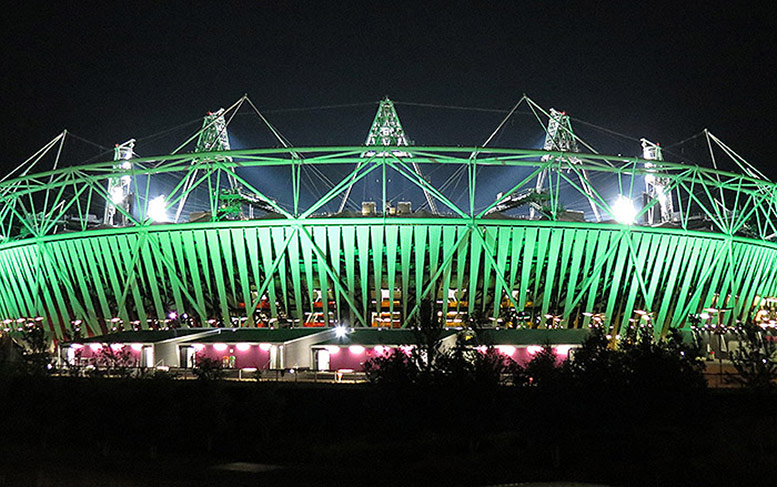
Newham was created by joining the former Essex county boroughs of West Ham and East Ham. The borough contains the Olympic Stadium, used in the 2012 Olympics, and the Olympic Park. After the London Borough of Tower Hamlets, Newham has the second-highest percentage of Muslims in the UK and is also the most ethnically diverse borough in England and Wales.
Waltham Forest
The London Borough of Waltham Forest is made up of the former municipal boroughs of Leyton, Walthamstow and Chingford. The borough is home to part of Epping Forest, an ancient Royal forest that is part of the now non-existent Waltham Forest.
Haringey
Home to Tottenham Hotspur Football Club, the London Borough of Haringey has some famous landmarks such as Alexandra Palace and Jacksons Lane. There are some unbelievable contrasts in the borough in terms of demographics, the west side of the borough has some of the richest areas in the country but the east side has some of the most deprived areas.
Enfield
Enfield started as a small market town, it existed during Roman times and was connected to Londinium (what London was called then) via Ermine Street, but as London grew it became incorporated within it.
Barnet
The London Borough of Barnet, formed by merging the municipal boroughs of Finchley and Hendon, is the site where the decisive Battle of Barnet took place in 1471 where King Edward IV killed Richard and John Neville.
Harrow
The London Borough of Harrow is the only London borough not to have changed its borders when it changed from a municipal borough. It is also the largest local government district in Middlesex.
Hillingdon

Home to London Heathrow Airport, the borough is divided into North and South Hillingdon for administrative purposes.

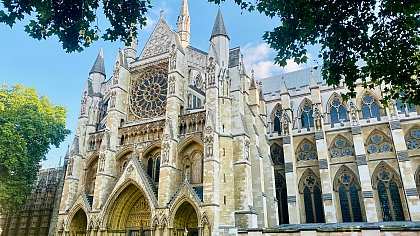
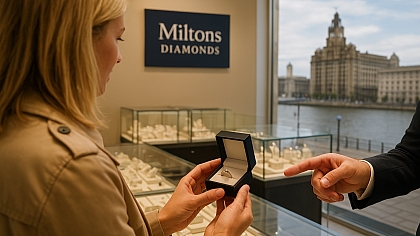




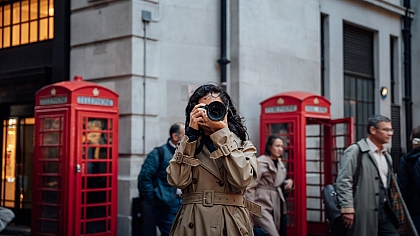



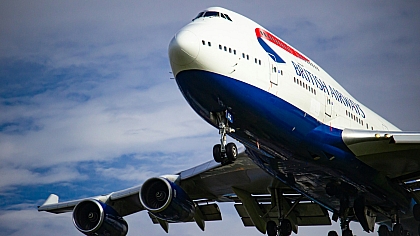
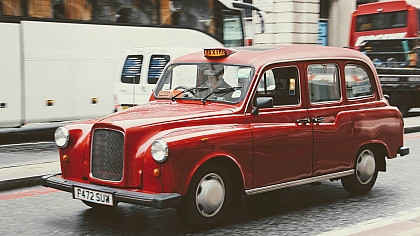
COMMENTS
What about add a map to this site?
I think the same. A map with the mentioned locations will be useful . Thanks the same for the effort .
First of all, thank you for this informative piece. All I would like to say is to add to the comments made by the previous posters, viz a location map which really would add greatly to the piece.
Thanks a lot
In addition to the attractions map, one could add Borough ratings for the following: 1) The average property price 2) The average air quality index 3) Public transport services index4) Average council tax5) Council financial bottom line
Thank you for the good start.
Excellent, informative and interesting knowledge about the history of the capital city of our Great British United Kingdom. Would only add that I would like to have also known the statistics regarding the largest to the smallest borough by square mileage and also by population. Otherwise, greatly appreciate the information.